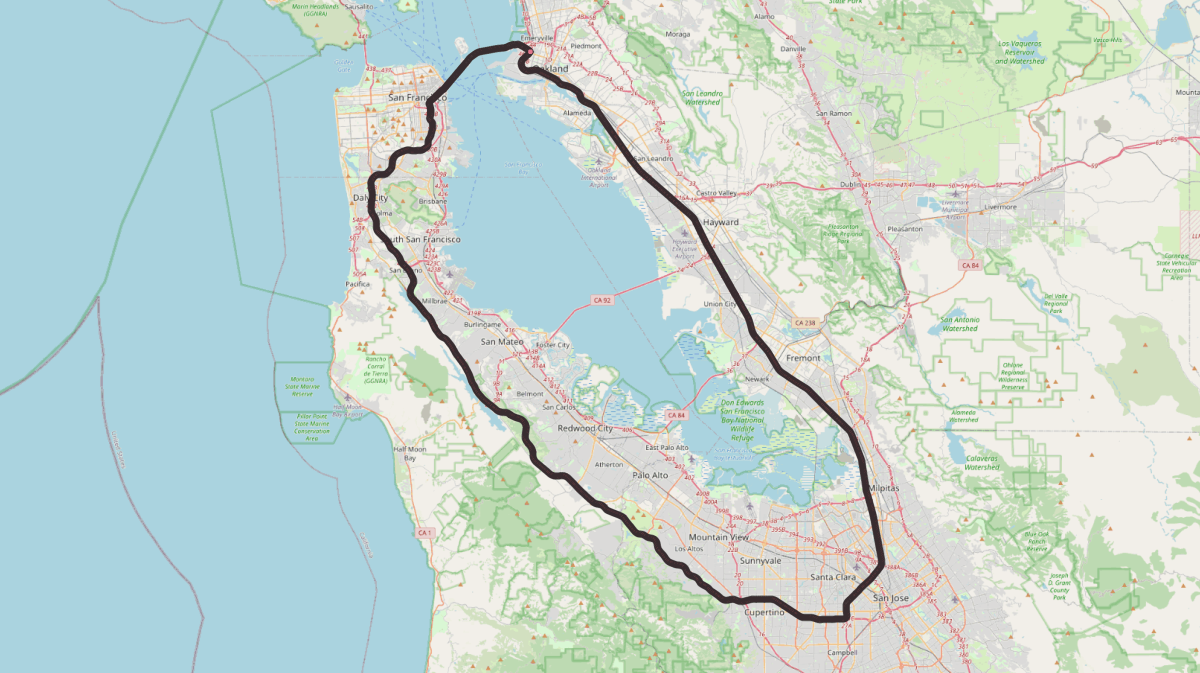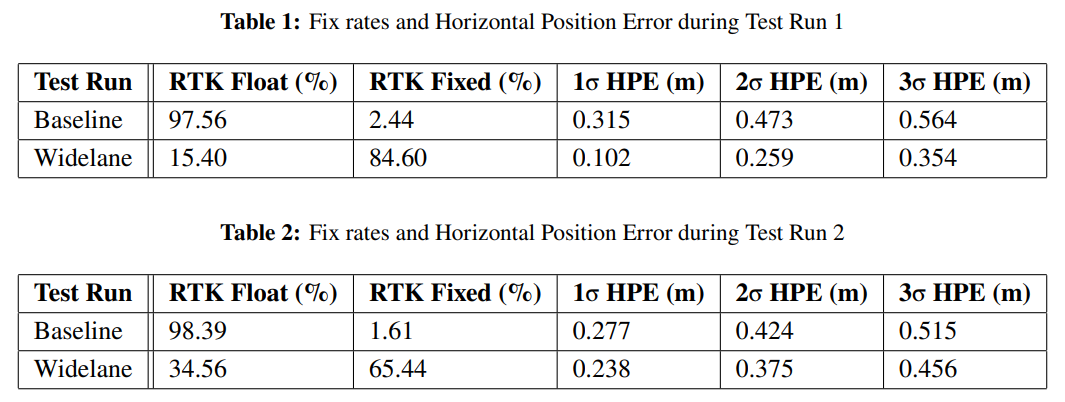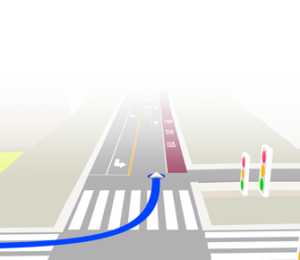This article demonstrates how the implementation of support for wide-lane ambiguity resolution in low cost, dual-band GNSS receivers can enable seamless, high-accuracy applications at a continental scale. Read on to learn more about our test results and their implications.
Many different approaches for GNSS corrections have been devised during the past few decades, each having their own strengths and weaknesses. For mass-market applications, the ideal GNSS correction technology is one which converges quickly, is applicable across a wide area and reliably provides the desired level of accuracy. A number of GNSS correction services available today, such as Swift’s Skylark Precise Positioning Service, deliver centimeter-level accuracy at continental scale with convergence times in seconds.
Complementing the availability of continental-wide correction services, there has been rapid growth in cost-effective, dual-band GNSS chipsets over recent years. These devices offer a path to achieving levels of performance previously associated with much higher cost hardware. With mass-market deployment of chipsets capable of consuming corrections, it is to be expected that many established and exploratory verticals will benefit from higher accuracy positioning.

Complex Highway Drive Test Route
Testing results demonstrate a performance baseline with RTKLIB and analyze the performance improvement which can be obtained through the use of a positioning engine with support for wide-lane ambiguity resolution. The wide-lane capable positioning engines tested were: a modified version of RTKLIB, EmbedCM from HYFIX and Swift’s Starling Positioning Engine. High-level results using RTKLIB with Skylark RTK corrections demonstrate an improvement in 1σ Horizontal Accuracy from 29.6 cm (baseline) to 17.0 cm (wide-lane). Similar results were demonstrated with the EmbedCM and Starling positioning engines which will be presented in this paper.

What is Wide-Lane Ambiguity?
Wide-lane ambiguity resolution utilizes wide-lane combination – a linear combination of measurements from the same satellite, at the same time, on two different frequencies (typically L1 and L2 in GPS). The result is a signal which has a longer wavelength than the two original signals. Instead of attempting to resolve integer ambiguities using the original code/carrier-phase observations, a GNSS positioning engine may instead attempt to perform ambiguity resolution on a wide-lane combination of carrier-phase measurements using traditional ambiguity resolution techniques.
The longer wavelength of the wide-lane combination allows for more resilience against GNSS errors such as ionospheric error and simplifies the ambiguity resolution process, allowing the positioning engine to increase the probability of achieving a correct ambiguity resolution solution with poorer quality input observations. By forming this wide-lane combination, the number of potential integer ambiguities is reduced, making it easier to accurately determine the correct number of wavelengths between the satellite and the receiver.
GNSS correction data from Swift Navigation’s Skylark network RTK service has been optimized for the use of linear combination. Linear combinations such as the wide-lane combination have many advantages that are well understood by the positioning community but Skylark is the first GPS correction service to apply these techniques to achieve uniform performance on a continental scale, giving the user centimeter-level precision with fast convergence times.
Contact Swift to speak with an expert about your requirements.
Read the full white paper here.




